Why Air Sealing Matters
To understand air sealing benefits, it helps to understand what an air barrier is.
An air barrier is a system for controlling the air flow between conditioned and unconditioned spaces. This air barrier system is the primary air enclosure boundary that separates indoor (conditioned) air from outdoor (unconditioned) air.
In a multi-unit building (office, townhouse or apartment) the air barrier system also mitigates the air and noise sharing between adjacent units.

Keeps conditioned air in conditioned spaces
Prevents air leaks through cracks
Stops interior moist air from entering wall cavities
10x
ROI
The State of Utah published a study, explaining that:
Every $1.00 spent on energy engineering pays off with a minimum of $10.00 in cost & operational savings.
Benefits of an Air Barrier
COST SAVINGS
Reduce both the initial cost and the ongoing utilities of the HVAC system
DURABILITY
Protect the structural integrity of the building by preventing air & moisture transfer
COMFORT
Achieve a more consistent temperature throughout the house or unit
Air Tight without Spray Foam
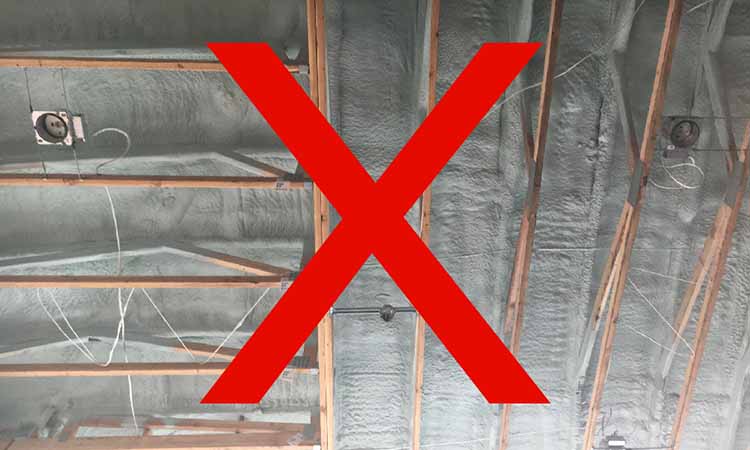
› No need to rely on spray foam as an interior air barrier
› Achieve air tightness in hours rather than days/weeks
Shrink Your HVAC Systems
› Tighter buildings have smaller HVAC systems
› Reduced wear & tear because of the reduced HVAC load
› Avoid over-sizing your mechanical systems
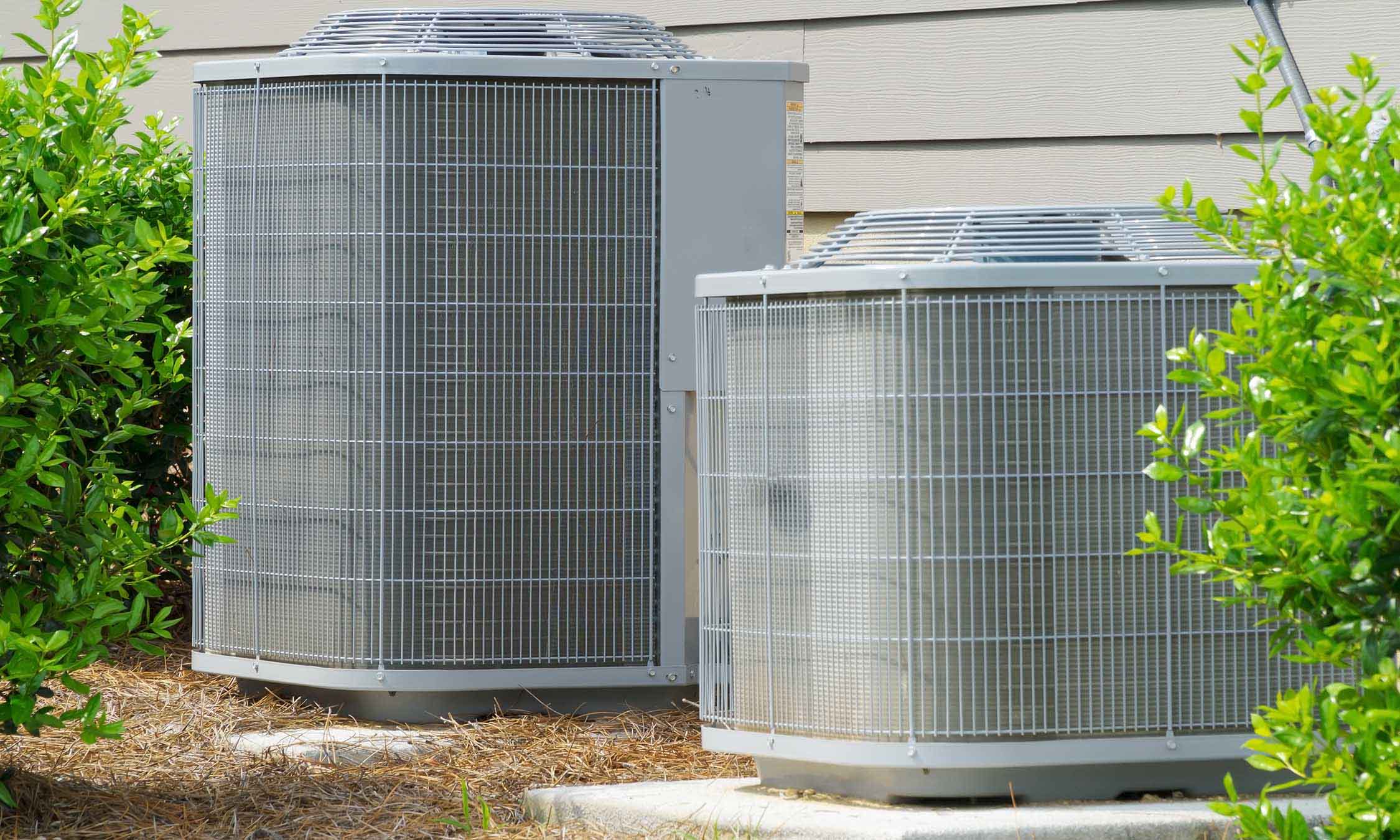
Case Study: 29-Unit Apartment Building
To discover the ROI from installing AeroBarrier, one customer built a robust energy model of their project.* Below are some of the findings from that model.
By the Numbers
25.7%
Installing AeroBarrier resulted in a 25.7% reduction in Annual Energy Usage.
116,000
Reducing the air leakage saved 116,000 kWh of electricity every single year
Maximizing Energy Efficiency
The energy model looked closely at the effect of AeroBarrier on the overall energy consumption of the building. Below we break out the numbers related to AeroBarrier, which was only one component of the overall energy model.
| Energy Model | Energy Usage | Energy Savings |
|---|---|---|
| Code-built | 450,000 kWh | 0 kWh |
| Code-built with AeroBarrier | 334,000 kWh | 116,000 kWh |
Code-built + AeroBarrier = High Performance Without a High Price
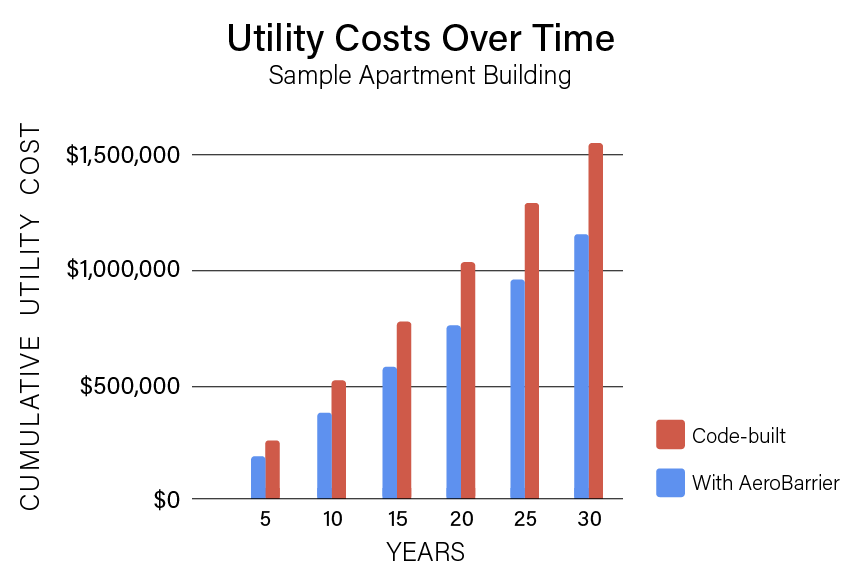
Carbon Savings
EVERY YEAR, 71 TONS OF CO2 ARE SAVED, THE EQUIVALENT OF 18 FORD F-150 TRUCKS
*Energy modeling performed by the Wasatch Group.
Understanding Air Leakages
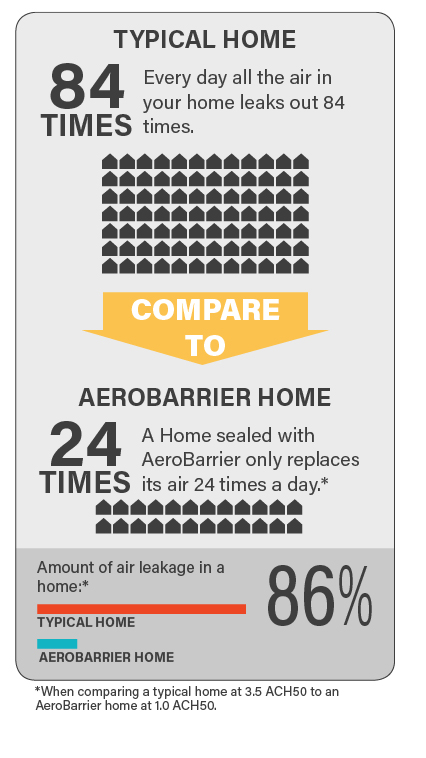
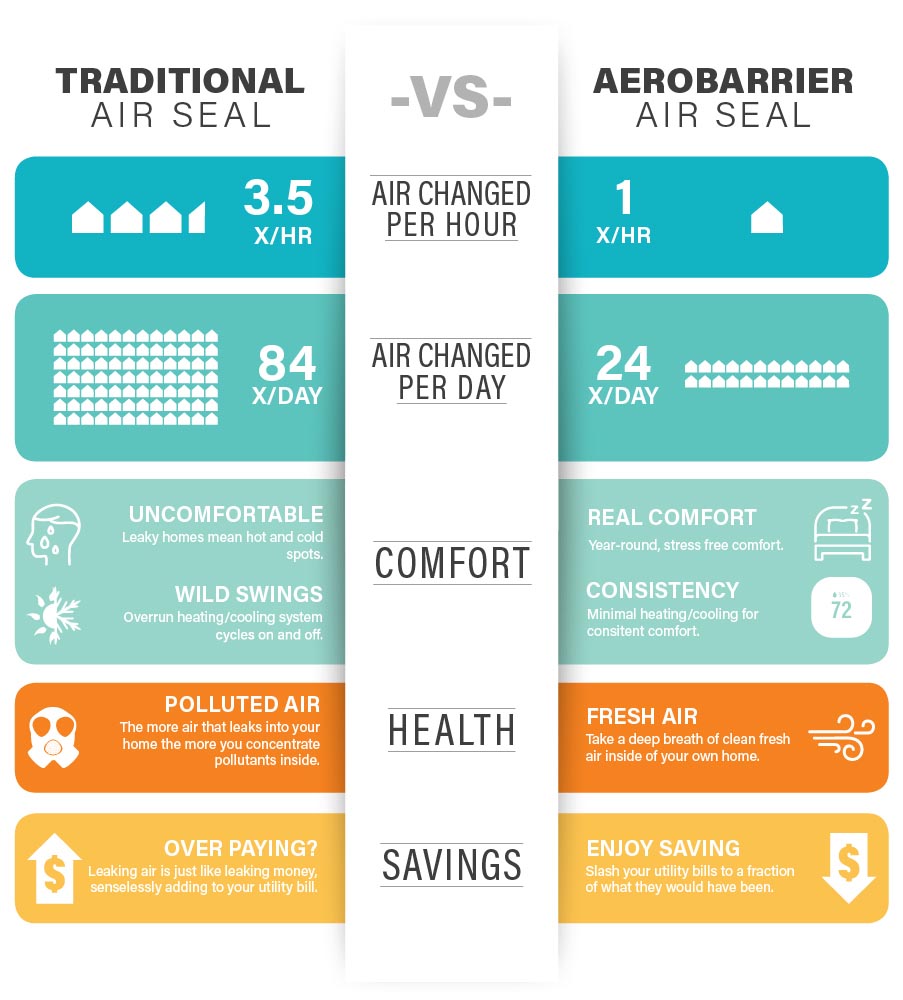
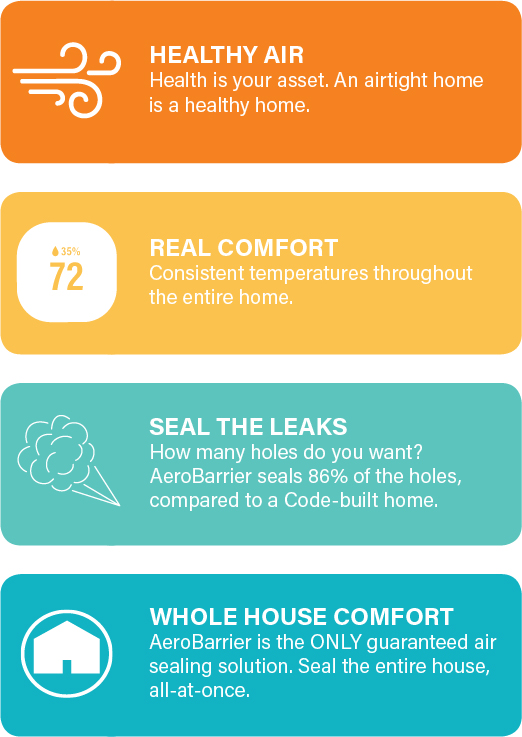
Building Durability
Plugging air leaks is about more than just escaping air–it also means escaping moisture. Air barriers prevent the interior, moisture-laden air from entering the wall cavity where it can damage materials and promote mold growth.
Air Leakage Allows 100X More Moisture Transfer
In most buildings, drywall is the primary interior air barrier. The Building Science Corporation studied how much moisture passes through a drywall barrier during a typical year.
The control included a full sheet of drywall, and that was compared with a full sheet that had a 1″ hole cut out of it. That one, tiny hole allowed 100X the moisture to pass through it, adding up to 7.5 gallons of water.
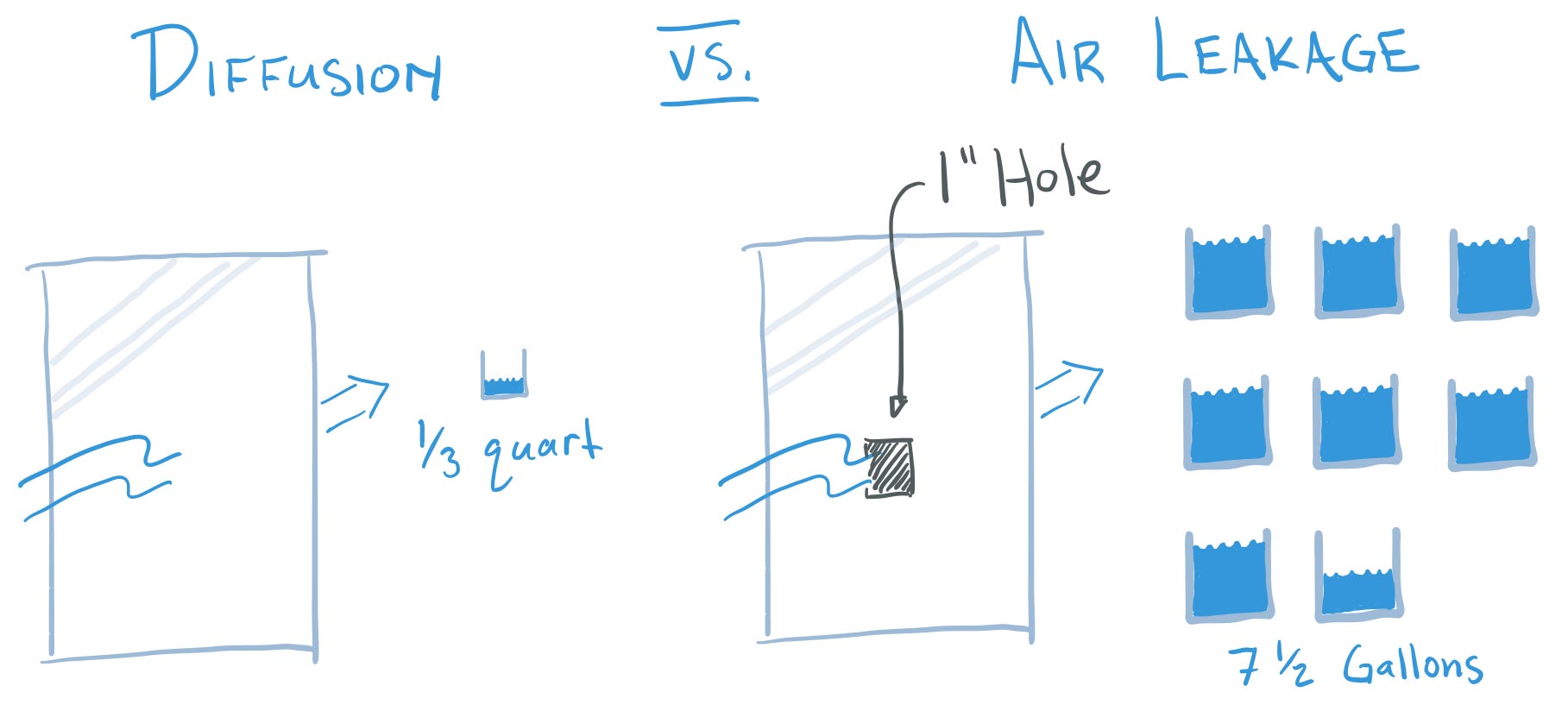
Moisture Problems Related to Air Leakage
As moisture-laden air leaks out of your building, it often deposits moisture in the wall cavity, causing all sorts of unseen problems. From mold growth to wall failure, the effects of moisture deposits over time are devastating.
Warped & Swollen Wood

Mold in the Wall Cavity
Loss of Structural Integrity